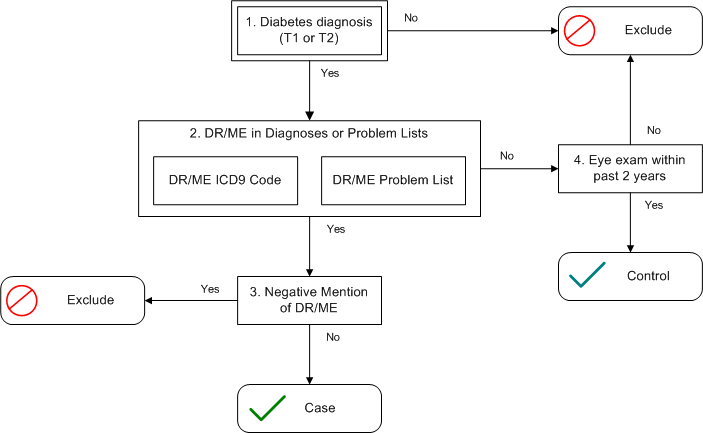APT-DLD
Version 1.0, July 2020
Automated Phenotyping Tool for identifying DLD cases in health-systems data (APT-DLD) is an algorithm for classifying/identifying developmental language disorder cases in electronic health records system data. APT-DLD can be used to:
1. Identify pediatric DLD cases from electronic health record systems using ICD9 and ICD10 codes
2. Study epidemiology and population-level charateristics of DLD from EHRs
The How-To guide for using APT-DLD is provided in the files listed below.
Owner Phenotyping Groups:

